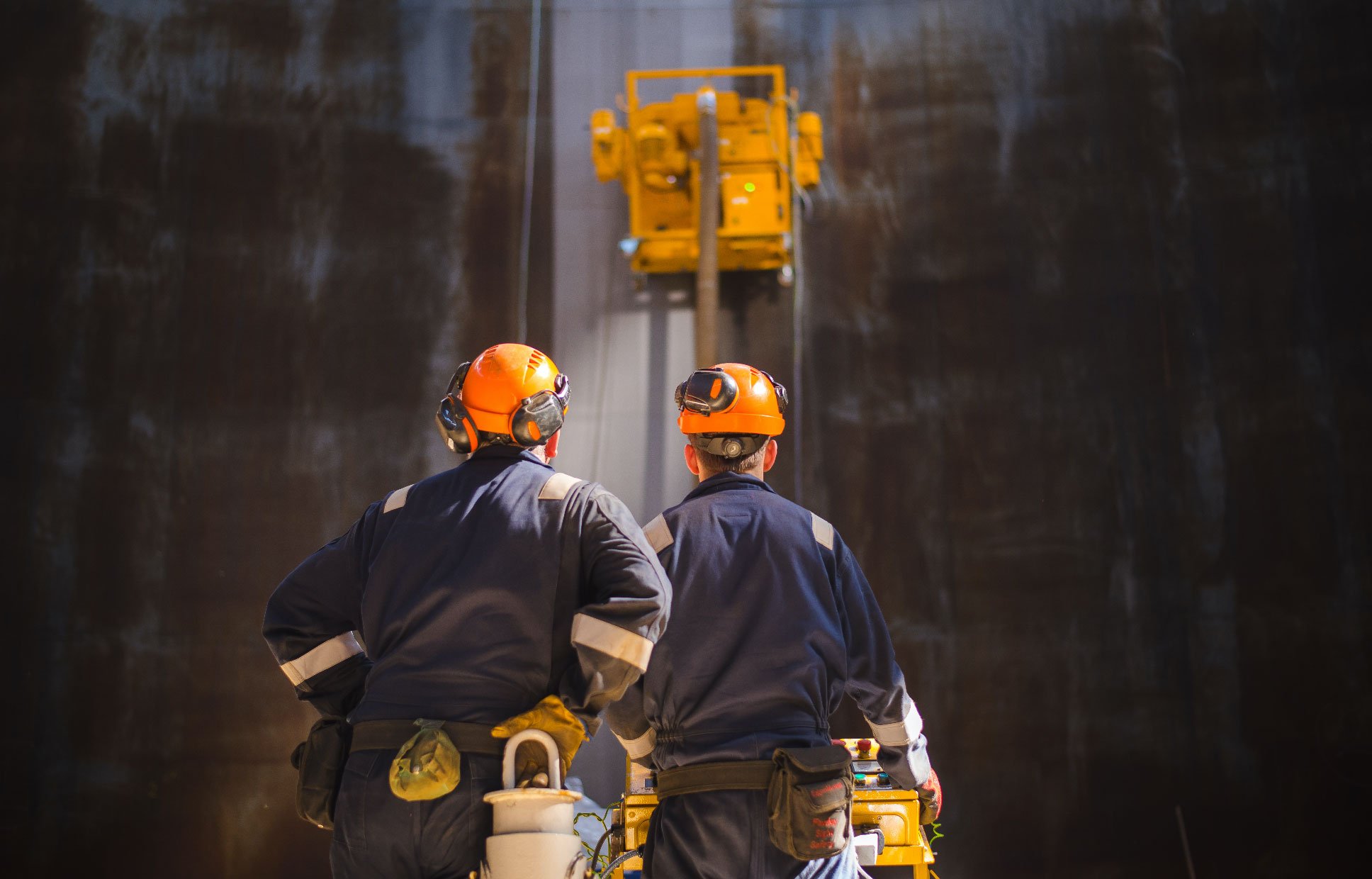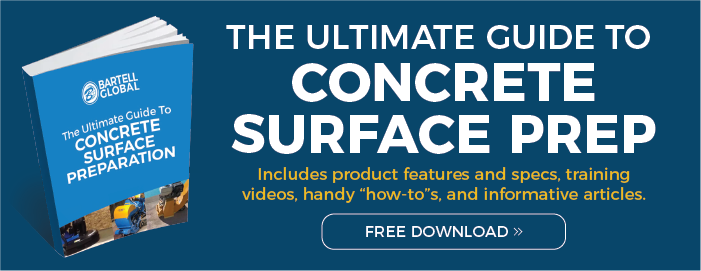Without understanding how each metal bond tooling option works or does its job, it’s easy to select the wrong tooling unintentionally. That may not seem like a big deal, but selecting the wrong tooling will affect your production rates and the impair the potential quality of your outcome.
Basically how diamonds work is this: diamonds are set in a matrix that interacts with the concrete dust produced in the grinding process and wears down the matrix exposing more and more diamonds as you grind, to continue cutting the floor.
Why Is This Important?
When grinding hard concrete you won’t have the same amount of dust, and the dust can be very fine compared to soft concrete; which results in a lot of dust or larger grindings. – Since we know it's the dust that interacts with the matrix on your diamond tooling in order to expose the diamonds, the hardness of the concrete is an important factor to consider when selecting tooling.
If you choose incorrectly one of two things can happen, and neither is good...
1) The first thing that can happen is you run the machine and nothing happens — the diamonds do not cut, often due to heating up and glazing over. This happens mostly on hard concrete.
2) The other thing that will happen is the diamonds cut like crazy but you can wear them out very quickly — using up $350 worth of diamonds in 600sq. ft. is very depressing!
So What Do You Do?
You must find the “sweet spot” that is the balance of diamond use and productivity.
To find this “sweet spot” you need to know the hardness of the concrete and understand how each bond hardness works.
Although there are multiple bond types available, the 4 most commonly used matrix bonds are,
- Hard Bond
- Medium Bond
- Soft bond
- Extra Soft Bond
You must pair the appropriate diamond bond with the hardness of the concrete you’re working with.
You can find examples of varying concrete hardness anywhere, ranging from very soft concrete in places like Florida, to the hardest concrete found in places like the Pacific Northwest, especially the Puget Sound area. The variance in hardness is mainly due to the water/cement mix, finishing process (burnishing), how it was cured and the local aggregate used in the mix. The Northwest uses local aggregate like granite, metamorphic, and igneous rock (very hard) and Florida uses mostly sedimentary stone like sandstone, limestone, and ancient marine reefs, and shells, making for a very soft mix of aggregate and then there is a mix of concrete hardness across the continent.
This is why it is very important to choose the correct matrix for your metal-bond diamonds.
The simple guideline is: Soft concrete requires Hard bond diamonds and hard concrete needs soft bond diamonds
-
Soft Concrete = Hard Bond Diamonds
-
Medium Concrete = Medium Bond Diamonds
-
Hard Concrete = Soft Bond Diamonds
-
Very Hard Concrete = Extra Soft Diamonds
Once you understand the concrete hardness, you can easily use this guideline, to find that sweet spot- to balance diamond use and productivity. This will keep more money in your pocket and help you to produce optimum results, efficiently.


 By
By 